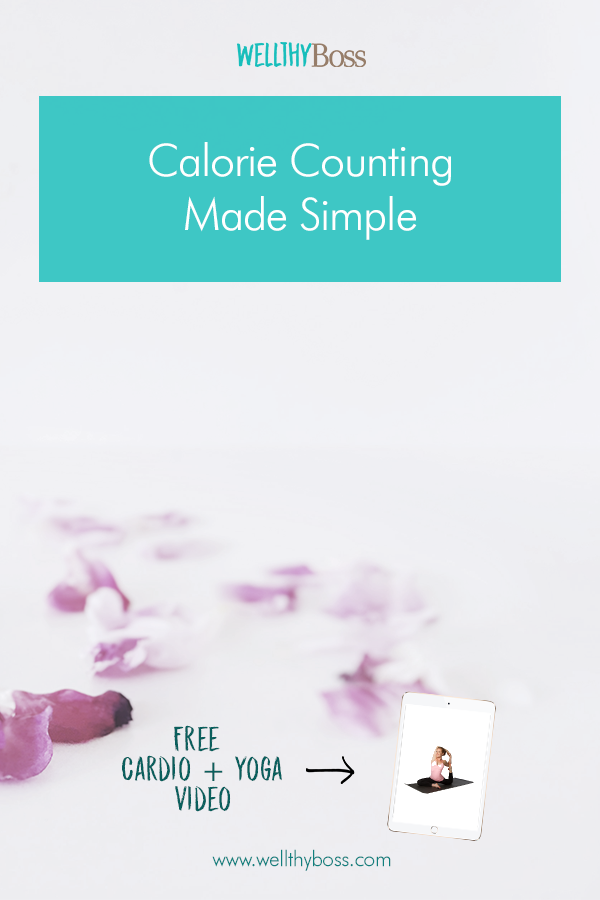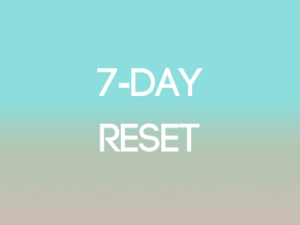
Losing, gaining, and maintaining weight is much simpler than many people realize. Though the magazines, diet pills, fancy exercise equipment, and health food industries would have you believe you need a magical and elusive combination of external aids, you really just need a little education, a lot of accountability, and a basic calculator.
Calories are like currency in a bank account. You can only spend what you have earned before you start running into trouble. Your Basal Metabolic Rate (BMR) is essentially like a set of daily deposits you get in your caloric “bank account” each day.
Your BMR is the number if calories, calculated by such factors as your age, gender, height and weight, etc., that your body requires each day just to maintain the basic regulatory functions of the body. These are calories to fuel brain waves, breathing, circulation, etc.
This does not include the energy needed for things like walking, showering, chasing your kids, exercising, and daily chores. When you factor in your typical daily activity level and add this to your BMR, the result is your total daily caloric expenditure.
These figures will vary based on the individual, but for the sake of example let’s consider a woman whose BMR is 1250 calories daily and whose total daily caloric expenditure is 1600. This means she gets 1600 calories in her daily “allowance” before she starts to change her body composition. As long as she eats 1600 calories a day, she will neither gain weight nor lose weight.
If she “earns” more calories through extra exercise or by consuming fewer than 1600 calories, she will lose weight. If she eats more than 1600 calories or decreases her normal activity level, she will essentially “overdraw” on her caloric account. Only with this bank, her debt translates into weight gain.
When I’m not training for anything special, I eat clean for all meals except one per week. I call this my junk food night. This helps me make better choices throughout the week without feeling deprived. But I follow the bank account principle pretty carefully to avoid gaining unwanted pounds.
If I want to eat unhealthy or high-calorie foods other than on my designated cheat meal, I may…but only after I’ve added more calories to my bank by increasing my activity levels to match the number of extra calories I want to eat.
So if I normally burn 500 calories in my morning workout and normally allot 500 calories for lunch but want to splurge on a special 1,000 calorie lunch with co-workers at that new Mexican place, I simply need to burn 500 additional calories that morning to offset my indulgence. (Simple, but not easy, as 500 calories equates to approximately a 6-mile run for a woman my size.)
A word of caution, though, about these extra calorie “deposits” through increased activity—I don’t go out on credit and you shouldn’t either. How many times have we gone for that second piece of cake thinking, “I’ll work out extra tomorrow”? That tactic has never served anyone well.
Unless you happen to have a totally predictable, laid-back life with plenty of free time (I can hear you laughing now), the chances that you will actually follow through with the good intentions are not great. The odds that you’ll have time to proactively “load” your calorie bank with extra calorie burn is also not very likely, which is why I suggest sticking to the weekly cheat meal plan.
(Your weekly cheat is truly a treat because you get to enjoy it guilt-free!) Still, though, I love to eat, and I have been known on occasion to spend extra time exercising when I was craving a Rubio’s burro and chips or carton of Ben and Jerry’s. Exercise, eat, and be happy!




